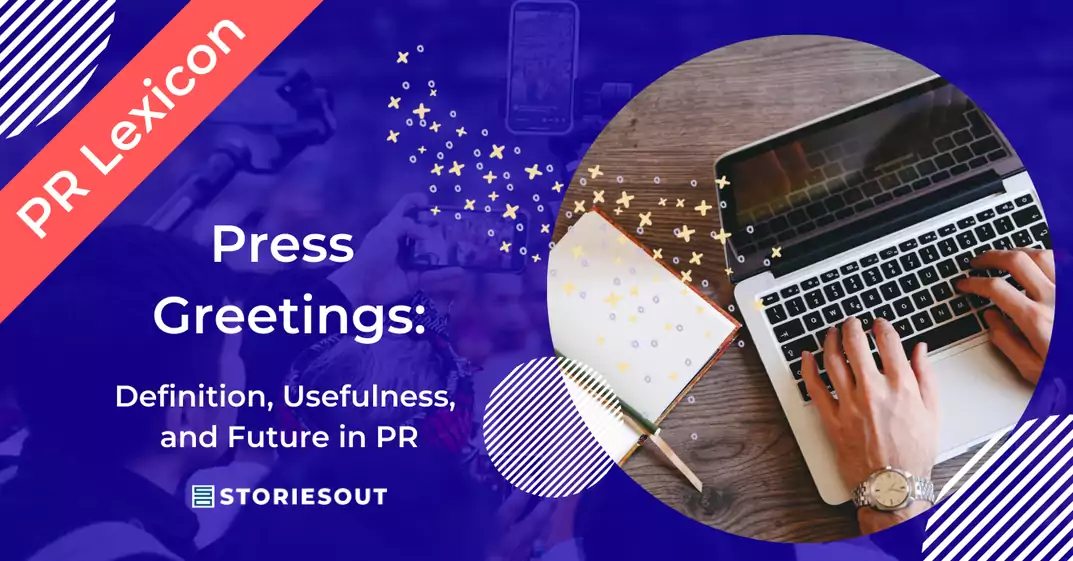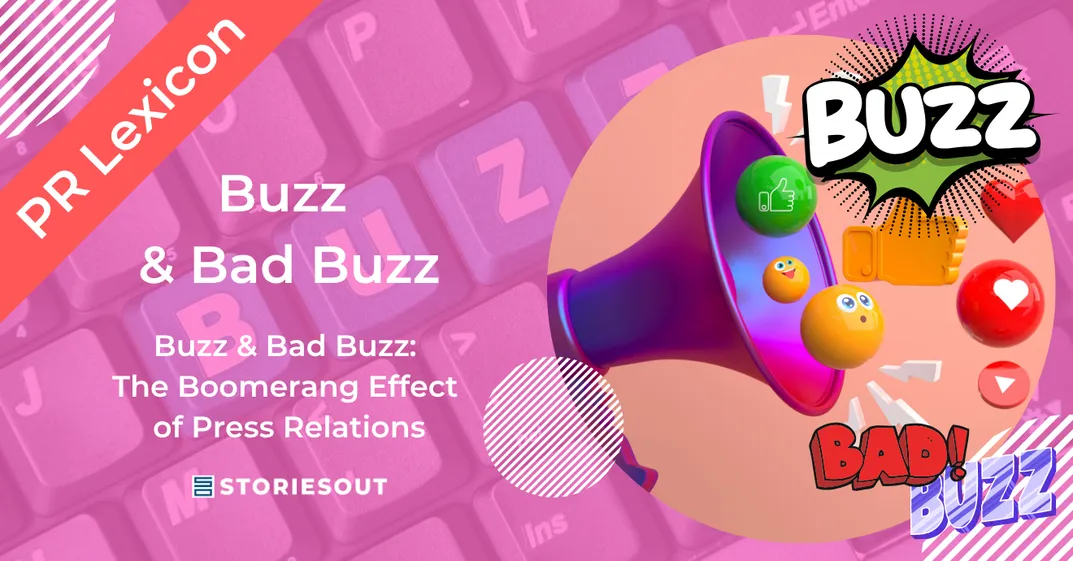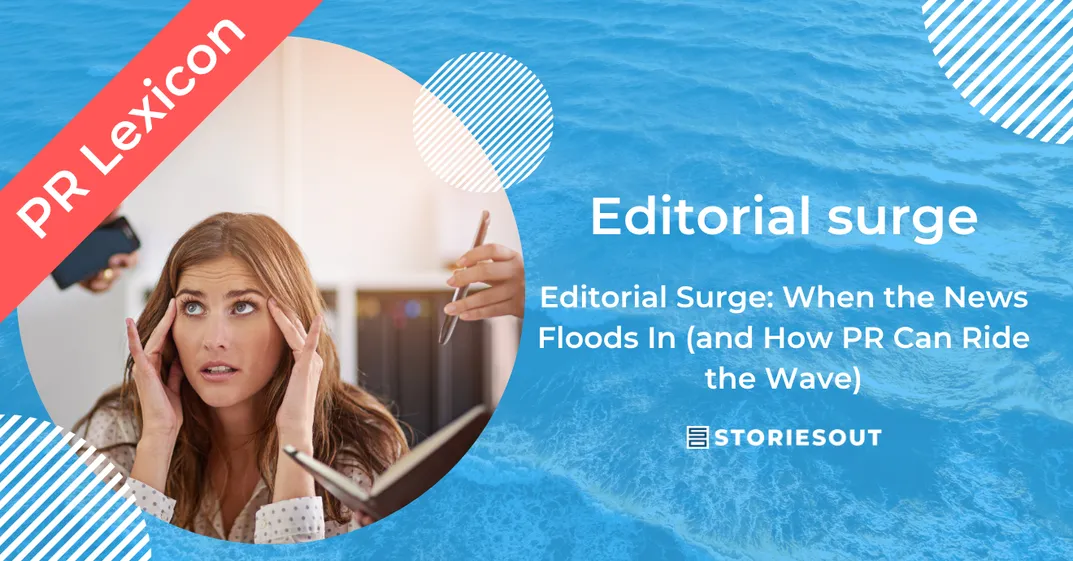We often see the question asked in briefs to agencies or even in discussions with prospects: how do you manage the press office, do you integrate a press office, etc.?
Also called Press Bureau, the terminology is so close to the notion of a press relations agency, that a post lexicon is in order. (spoiler alert: the press office only handles one part of press relations: the Push ;-))
First of all, what is a press office?
A press office is a structure – internal or external to an organization – that manages all relations between an entity (brand, company, institution, artist, etc.) and the media. Its role is to convey the organization’s key messages to the right audience, through journalists and influencers, while ensuring a consistent and positive image in the media.
The press office can take the form of:
- An integrated department within a company.
A specialized press relations (or PR) agency to which an organization delegates this function.
It only works on the PUSH lever of press relations
As we theorised in our methodology The 3Ps of PR, press relations are based on 3 levers: Push, Pull and Place.
- Push covers ‘hot’ news, i.e. news whose timing is consubstantial with the announcement itself
- Pull, which is a reaction to current events in your market
- Place, which delays the communication plan with ‘cold’, often more detailed, content.
The press office manages the ‘push’ aspect of communication plans.
The main tasks of a press office
- Operational deployment of the Push strategy
- The press office uses the broad lines of the communications strategy to plan the distribution of the hot news items that have been anticipated to the right audiences. This includes identifying relevant media targets (journalists, blogs, influencer
- Creation and distribution of press tools
- Press releases: these summary documents inform journalists about specific news items (product launches, events, appointments, etc.).
- Press kits: these are more detailed, providing an overview of a company, a brand or a subject
- Media relations
- The press office acts as an intermediary: it maintains close relations with journalists to provide them with up-to-the-minute information.
It responds to their questions or specific requests (interviews, additional information, high-resolution images, etc.).
- The press office acts as an intermediary: it maintains close relations with journalists to provide them with up-to-the-minute information.
- Organising press events: The press office organises events such as press conferences, private visits and open days, designed to capture the attention of journalists and strengthen relations with them.
- Managing media coverage Once the information has been disseminated, the press office monitors its impact: How many articles have been published? What is the tone of the mentions? Which media relayed the information?
- Crisis management In the event of a crisis or controversy, the press office plays a crucial role in managing communication, limiting media damage and restoring the organisation’s image.
Why is it important?
It is the guarantee of regularity and allows you to :
- Reinforce visibility: By targeting the right media and using hard-hitting messages, it guarantees the most regular media coverage possible.
- Underpin credibility: Information transmitted by reliable media enjoys greater legitimacy than traditional advertising.
- Managing reputation: Through proactive or reactive communication, a press office protects an organisation’s image.
Conclusion
A press office is necessary but not sufficient to design and deploy an effective press relations strategy.
Setting it up lays the foundations for an organisation that will have to grow as your brand develops. It is the starting point for a global and coherent strategy, complemented by the Pull and Place components, which enable the brand to be part of a global ecosystem that includes customers, partners, employees and investors.



